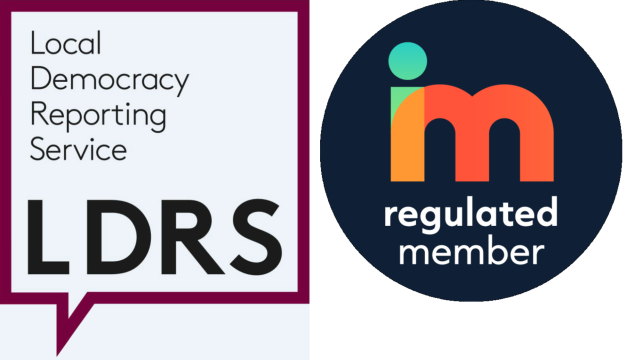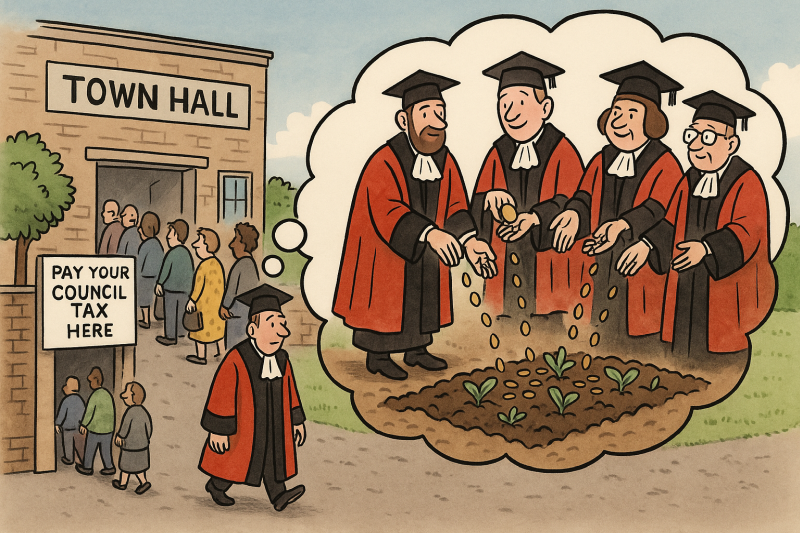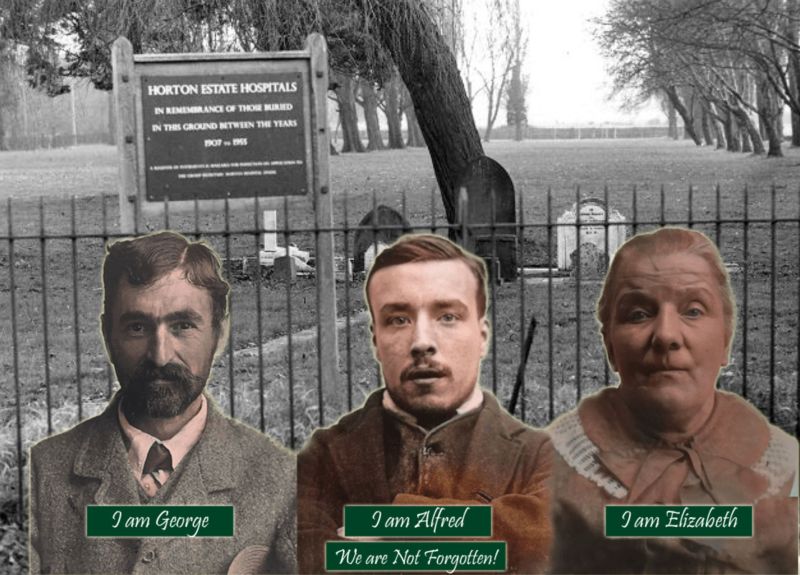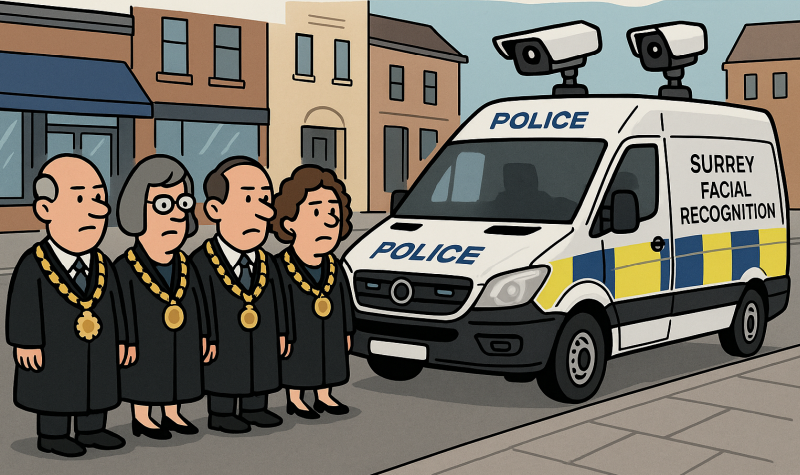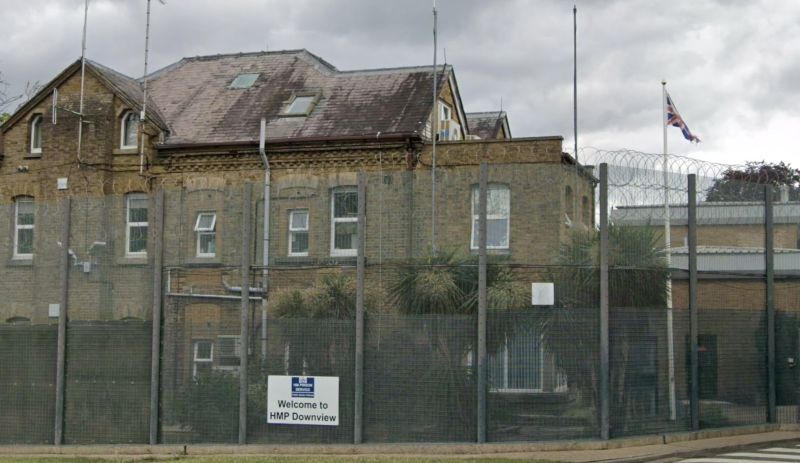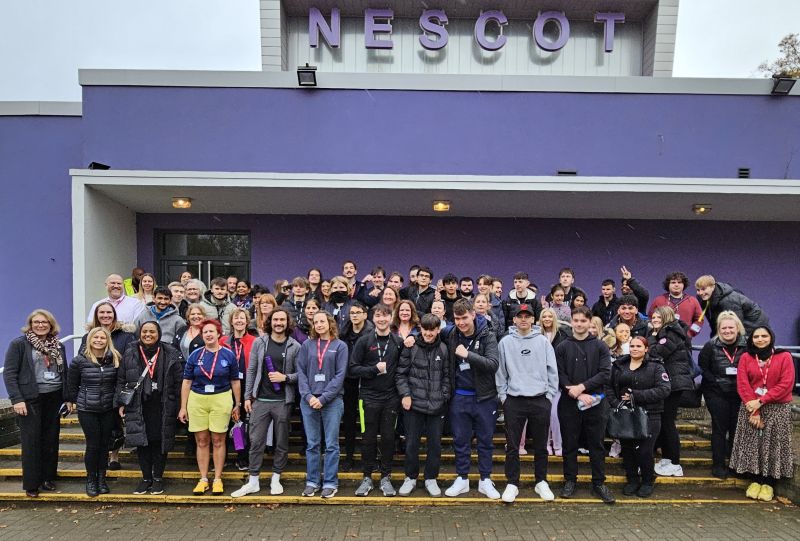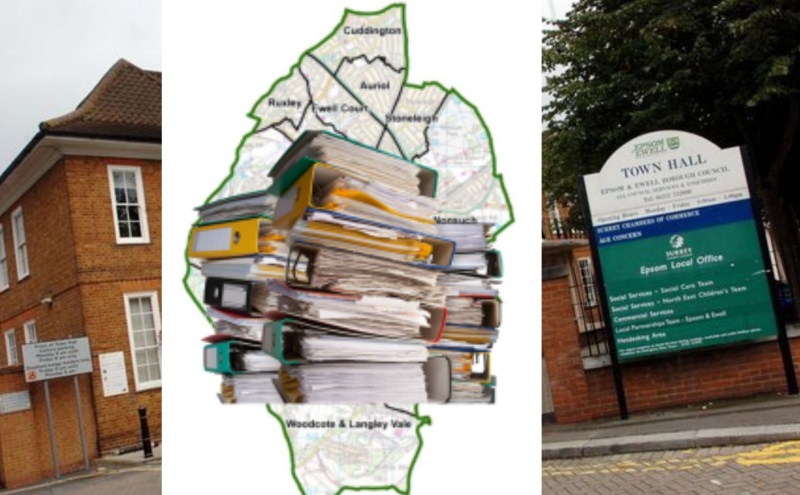Call to Epsom and Ewell Council to speed plan denied
Nine opposition councillors on Epsom and Ewell Borough Council are calling for an Emergency Full Council Meeting to fast-track the final stages of the borough’s Local Plan amid looming concerns over potential new housing targets set by the central government. The councillors—comprising members of the Liberal Democrats, Labour, and Conservative parties—are urging swift action, fearing that delays could lead to increased housing quotas that would place significant pressure on the borough’s cherished green spaces.
The councillors’ proposal, initially set out in a formal request dated 24th October, has stirred considerable debate across the council. They propose that the emergency meeting be held immediately following the Licensing and Planning Policy Committee (LPPC) meeting on 20th November or, failing that, on the evening of the 21st November. In doing so, they hope to expedite the draft Local Plan’s approval, enabling the next public consultation phase to commence before the year’s end.
The Case for Urgency: New Housing Targets and Local Development
At the heart of the opposition councillors’ concerns are potential changes to the National Planning Policy Framework (NPPF), which could soon enforce a higher housing target of 817 new homes annually—over double the borough’s existing requirement. One opposition councillor highlighted the urgency, warning, “If the Local Plan fails or is found unsound, we will be subject to the Labour government’s new targets, which are 817 dwellings per annum.”
These new targets, if implemented, could lead to development encroaching on the borough’s green spaces, a possibility that has mobilised both councillors and local residents. This anxiety is reflected in the recent appeals from local groups, including the Epsom Green Belt Group, which advocates for focusing on brownfield sites rather than encroaching on protected land.
Council’s Response: A Call for Procedural Compliance
In response, council leaders from the Residents’ Association majority group have expressed concerns about rushing the Local Plan process, citing the necessity of adhering to legal and procedural requirements. Chair of the LPPC, Councillor Peter O’Donovan, (RA Ewell Court) emphasised the importance of a comprehensive review process to ensure that any amendments to the draft Local Plan comply with regulations before it proceeds to public consultation. He stated, “The documents which will form the Regulation 19 consultation must be prepared in accordance with the regulations, including the legally required Sustainability Appraisal and Habitats Regulations Assessment.”
O’Donovan added that should any changes be proposed during the LPPC’s 20th November meeting, additional time would be necessary for council officers to update the documentation. Failure to address these requirements, he warned, could result in the plan being deemed “unsound” by government inspectors.
Residents’ Association View: Balancing Timeliness and Quality
Residents’ Association Leader Councillor Hannah Dalton (Stoneleigh), in her response to the opposition’s proposal, reiterated the council’s commitment to both transparency and quality in the Local Plan’s development. Dalton acknowledged the delay caused by a temporary halt in 2023 but argued that accelerating the current schedule could compromise the quality and legal robustness of the plan. “We can’t simply ‘speed up’ to replace six months of lost time,” she remarked, noting that the council remains committed to commencing the Regulation 19 public consultation “at the earliest possible opportunity after the November meeting of the LPPC.”
In a letter addressing a recent call from the Epsom Green Party, Dalton also noted that bypassing the LPPC’s role could undermine the Local Plan’s overall integrity. She explained, “Circumventing the LPP meeting… bypasses LPP, which has been tasked with the development of the Local Plan.” Any changes agreed upon by Full Council would still require further work to comply with legally mandated procedures, she added.
Epsom Green Party’s Intervention: Legal Pathways to Expedite Consultation
Meanwhile, Janice Baker, Chair of the Epsom Green Party, recently suggested an alternative approach. In a letter to Dalton, Baker proposed a legally permissible pathway for Full Council to assume the LPPC’s role, potentially scheduling a Full Council meeting in place of the LPPC’s 20th November session. This approach, she argued, could save several weeks and allow the Regulation 19 consultation to conclude by early January 2025, ahead of the potential NPPF changes.
“Many residents have been frustrated by the lack of open discussion,” Baker stated, adding that the proposed approach “provides a chance to avoid this disaster.” She further urged that any potential legal impediments to this plan be swiftly addressed by the council’s legal team, emphasising that delays could lead to increased housing requirements that would place “extremely significant environmental, financial, and social costs” on the borough.
Residents and Environmental Campaigners Express Growing Concern
The debate has galvanised local community groups and residents who are deeply invested in the borough’s planning future. The Epsom Green Belt Group has argued for prioritising brownfield sites to protect greenfield areas and prevent the urban sprawl that they fear could follow under new NPPF guidelines. Their concerns were echoed during the LPPC’s October meeting, where residents spoke passionately against any development that could jeopardise the area’s green spaces.
Adding further weight to the opposition’s argument, local Liberal Democrat leader Councillor Julie Morris (College) criticised Mayor Steven Bridger’s (RA Stamford) refusal to consider an Emergency Council Meeting (ECM) for 21st November. Bridger had stated that an ECM would not allow sufficient time for officers to finalise the necessary documentation and for councillors to adequately review it. However, Morris rebutted that the ECM was intended “to allow Council as a whole to sign off the draft Local Plan AND any amendments agreed on 20th November,” thus expediting the consultation’s start before the end of the year.
The opposition councillors are now considering other procedural avenues to press forward with the Local Plan, underscoring their commitment to avoid the looming 817-unit target.
What’s Next? A Community on Edge
The path forward for Epsom and Ewell’s Local Plan remains uncertain, as councillors and community members await the LPPC’s 20th November meeting. The stakes are high for the borough, with questions about housing supply, environmental conservation, and procedural integrity all coming to the fore. The decisions made in the coming weeks will not only determine the scale of future developments but will also shape the borough’s character for years to come.
In the words of Councillor Dalton, “Balancing development with the preservation of our borough’s character is challenging but essential.” With the pressure mounting from opposition members and concerned residents alike, Epsom and Ewell Borough Council faces critical choices as it navigates the complex and often conflicting demands of local governance and sustainable growth.
Related reports:
Opposition Calls for Emergency Council Meeting Over Epsom and Ewell Local Plan
Epsom Local Plan controversy heats up

